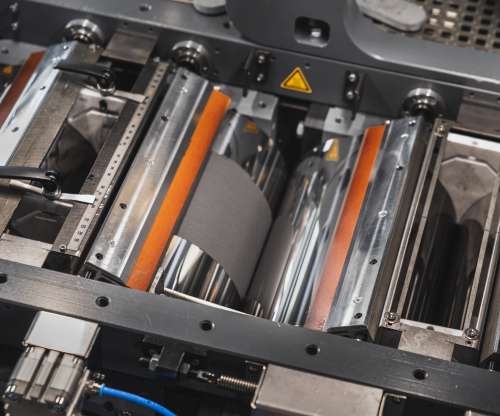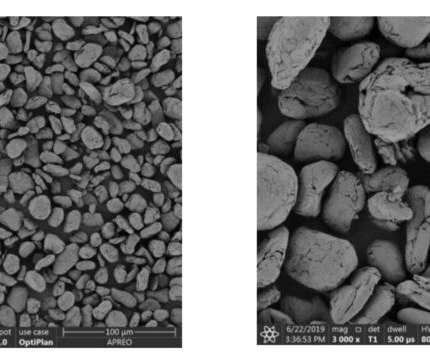Vanderbilt researchers find iron pyrite quantum dots boost performance of sodium-ion and Li-ion batteries
Green Car Congress
NOVEMBER 12, 2015
nm, average) of iron pyrite (FeS 2 ) nanoparticles are advantageous to sustain reversible conversion reactions in sodium ion and lithium ion batteries. In this work we explore the sodium and lithium conversion of ultrafine FeS 2 nanoparticles, with a tight size distribution centered around ∼4.5 nanometers in size.












Let's personalize your content